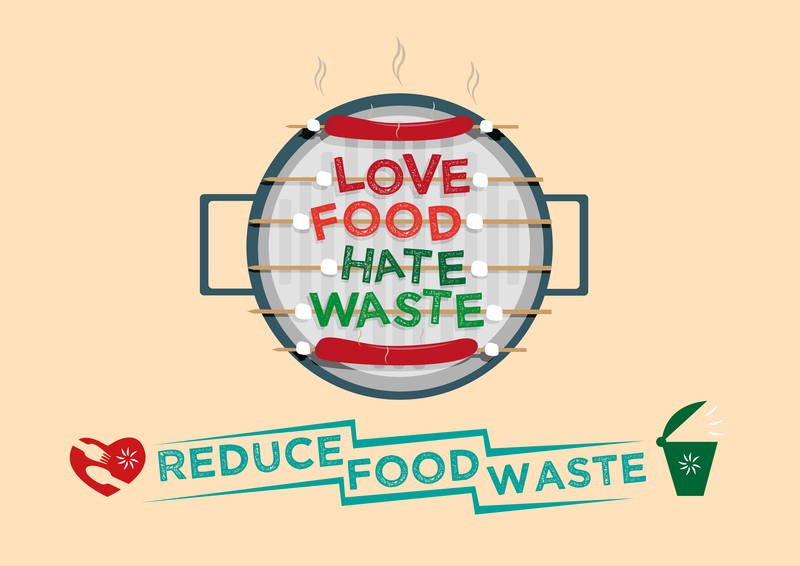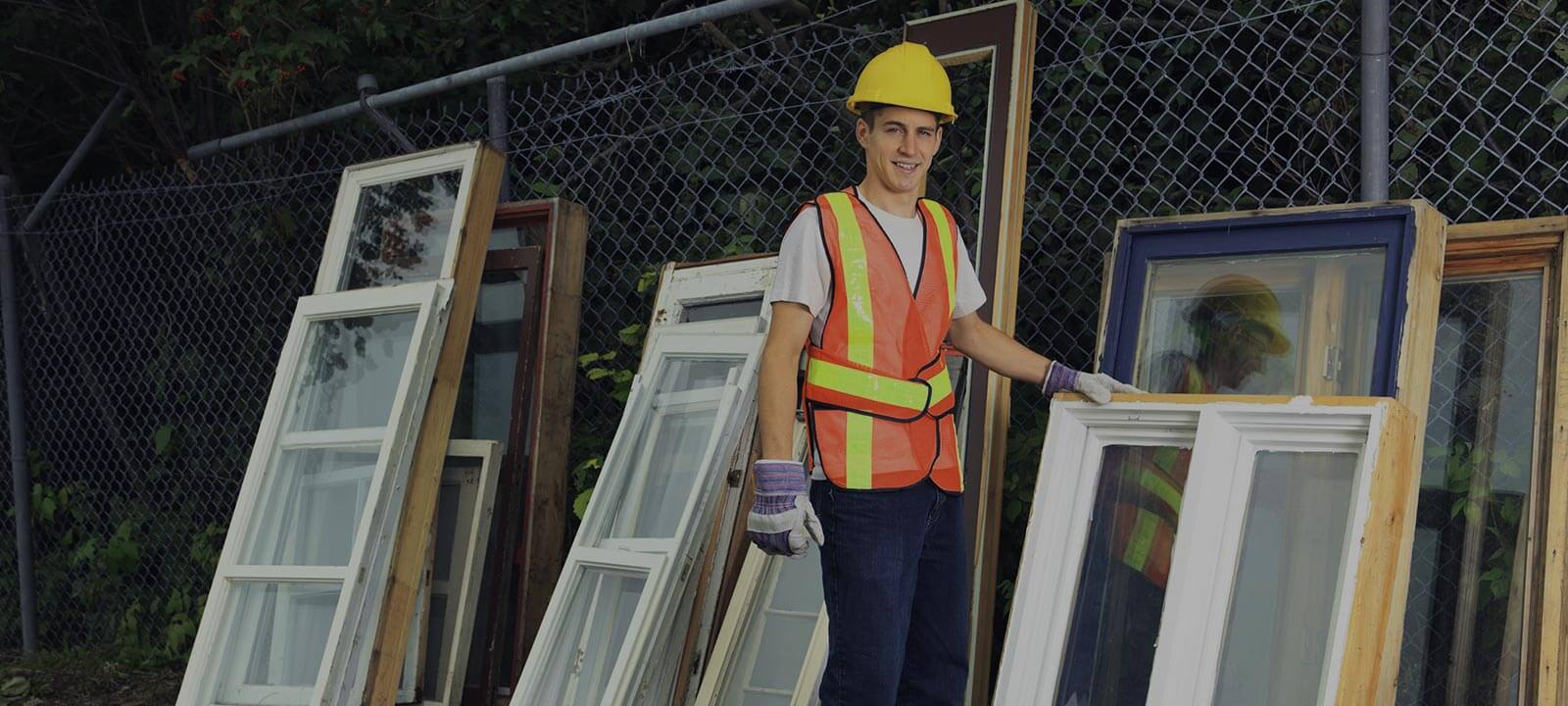Best Practices for Builders Waste Management
Posted on 16/10/2024
Builders waste management is an essential aspect of any construction project. With an increasingly stringent regulatory environment and growing awareness of environmental sustainability, it is imperative for builders to adopt best practices for effective waste management. This article delves into various strategies and best practices that can be employed to ensure builders waste management is done efficiently and responsibly.
Understanding Builders Waste
Before diving into best practices, it is crucial to understand what comprises builders waste. Builders waste encompasses a wide range of materials generated during construction, demolition, and renovation activities. Some of the common types of builders waste include:
- Concrete and rubble
- Bricks and ceramics
- Wood and timber
- Metals
- Glass
- Plastic and packaging materials
- Soil and excavated materials
- Hazardous waste, such as asbestos and lead-based materials
Effectively managing these materials not only minimizes environmental impact but also optimizes recycling and resource recovery, contributing to a more sustainable construction practice.

Implementing a Waste Management Plan
The cornerstone of effective builders waste management is developing a comprehensive Waste Management Plan (WMP). A WMP outlines the strategies, procedures, and responsibilities for managing waste on-site. Here are the crucial elements of an effective WMP:
Conduct a Waste Audit
Start by conducting a waste audit to identify the types and quantities of waste expected from the project. This helps in setting realistic goals and targets for waste reduction and recycling. An in-depth waste audit aids in uncovering potential areas where waste can be minimized or reused.
Set Waste Reduction Goals
Based on the waste audit, set clear objectives for waste reduction, reuse, and recycling. Establish performance indicators to measure progress. Having quantifiable targets, such as diverting a specific percentage of waste from landfills, provides a concrete benchmark for success.
Designate Waste Management Responsibilities
Assign specific roles and responsibilities for waste management to the project team. Designate a waste management coordinator responsible for overseeing the implementation of the WMP, training staff, monitoring progress, and ensuring compliance with waste regulations.
Establish On-Site Waste Segregation
Implement on-site waste segregation by providing clearly labeled containers for different types of waste. Proper segregation at the source facilitates recycling and prevents contamination of recyclable materials. Encourage workers to adhere to segregation guidelines through training and signage.
Adopting Sustainable Construction Practices
Sustainable construction practices play a pivotal role in reducing builders waste. Here are some practices to consider:
Design for Waste Minimization
Incorporate waste minimization principles into the design phase of the project. Opt for modular construction techniques that generate less waste. Use pre-fabricated components wherever possible, as they often result in less on-site waste compared to traditional construction methods.
Choose Sustainable Materials
Select sustainable and recyclable materials that have a lower environmental footprint. For instance, use materials with a high recycled content and those that can be easily recycled at the end of their life cycle. Prioritize suppliers and manufacturers committed to sustainable practices.
Optimize Material Management
Efficient material management can significantly reduce waste. Properly plan material procurement to avoid over-ordering. Store materials under proper conditions to prevent damage. Encourage just-in-time delivery to minimize on-site storage and associated waste.
Promoting Reuse and Recycling
Maximizing the reuse and recycling of builders waste is central to effective waste management. Here are some strategies to achieve this:
Implement a Materials Exchange Program
Establish a materials exchange program where surplus construction materials can be repurposed or donated. Such programs facilitate the reuse of materials that might otherwise end up as waste. Partner with local community organizations or other construction projects to create a network for material exchange.
Establish Recycling Partnerships
Forge partnerships with local recycling facilities and organizations specializing in construction and demolition waste recycling. Collaborate with them to ensure the collected recyclable materials are processed and reused efficiently.
On-Site Recycling Infrastructure
Set up on-site recycling facilities to process recyclable waste materials. For example, use mobile crushers and screeners to recycle concrete and asphalt into aggregates that can be used for road base or other construction purposes. On-site recycling reduces transportation costs and environmental impact.
Ensuring Regulatory Compliance
Compliance with local, regional, and national regulations is non-negotiable in builders waste management. Here are steps to ensure adherence:
Stay Informed About Regulations
Regularly review and stay updated with waste management regulations relevant to your project. Legislation around builders waste is continually evolving, and non-compliance could result in fines and legal repercussions. Join industry associations or consult with legal experts to stay abreast of changes.
Train Staff on Compliance
Ensure that all staff and subcontractors are well-versed in regulatory requirements and best practices. Conduct regular training sessions and toolbox talks focused on waste management compliance.
Document and Report
Maintain meticulous records of waste management activities, including waste audit reports, disposal receipts, and recycling certificates. Accurate documentation not only ensures regulatory compliance but also demonstrates your commitment to sustainable practices to clients and stakeholders.

Leveraging Technology in Waste Management
Advancements in technology offer innovative solutions for builders waste management. Here are some technological tools to consider:
Waste Management Software
Utilize waste management software to streamline waste tracking, reporting, and analysis. These tools can provide real-time insights into waste generation and help in identifying areas for improvement.
Construction and Demolition (C&D) Waste Tracking Apps
Use C&D waste tracking apps to monitor waste generation, segregation, and disposal on-site. These apps facilitate seamless communication between the project team and waste handlers, ensuring accountability and efficient waste management.
Automation and Robotics
Explore the use of automation and robotics for sorting and recycling construction waste. Advanced sorting systems can significantly enhance recycling rates by efficiently segregating mixed waste streams.
Conclusion
Effective builders waste management is a multifaceted challenge that requires a strategic approach and commitment to sustainable practices. By implementing a comprehensive Waste Management Plan, adopting sustainable construction methods, promoting reuse and recycling, ensuring regulatory compliance, and leveraging technology, builders can significantly reduce their environmental footprint and contribute to a more sustainable construction industry.
Ultimately, the success of builders waste management hinges on a holistic and proactive approach. It involves collaboration across all levels of the construction process, from design and procurement to on-site operations and post-construction activities. Embracing these best practices not only mitigates environmental impact but also enhances operational efficiency and fosters a positive reputation in the construction industry.










